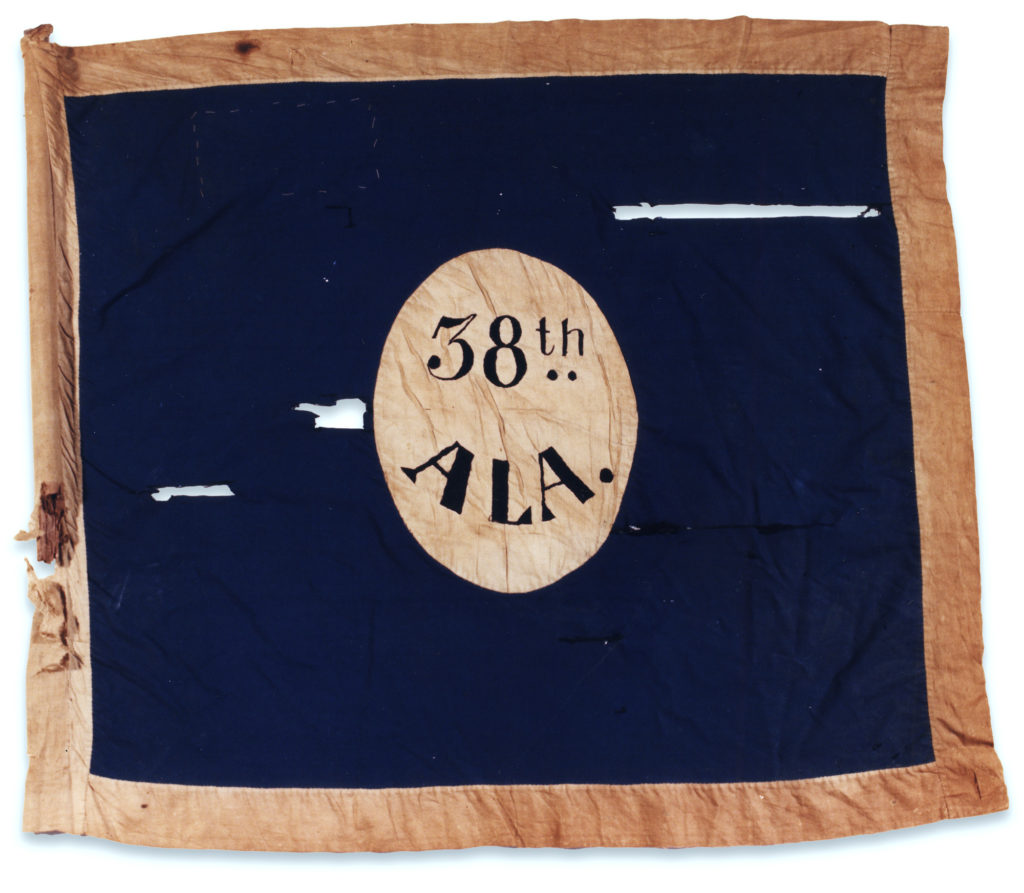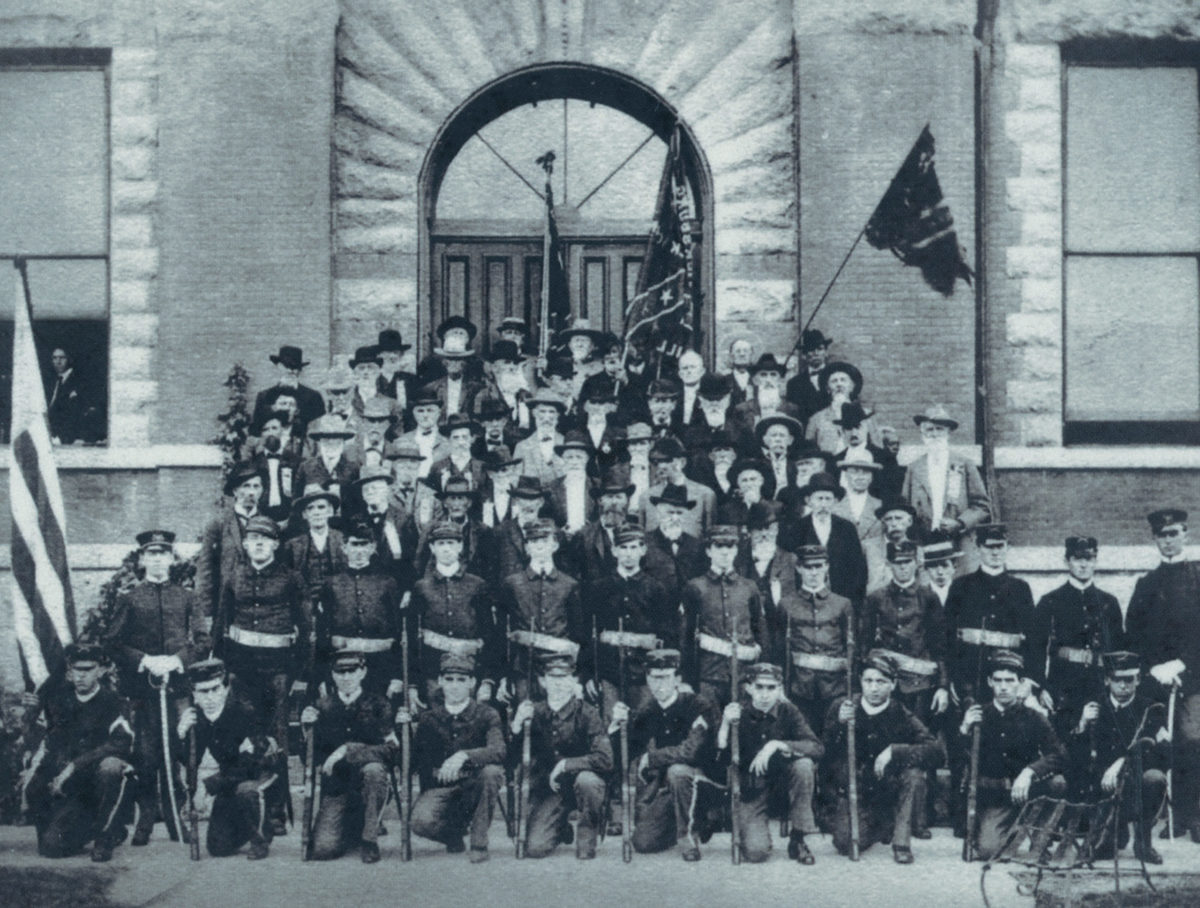On December 11, 1861, Jacob Gall enlisted in the 19th Louisiana Infantry at Camp Moore, La., home of the Confederate Army’s largest training facility in the Pelican State. The 28-year-old Jewish immigrant from Meschisko, Poland, had ventured to Louisiana’s Claiborne Parish with his wife, Menia, in the late 1850s, opening a mercantile store in the town of Minden. Now, with the Civil War in its seventh month, he was ready to do his part as a soldier in furthering his adopted homeland’s cause. Along with a number of his neighbors from Minden, he joined Company D of the 19th Louisiana—known as the “Claiborne Grays.”
In early 1862, Gall and his unit were sent north by train to Corinth, Miss., near the Tennessee border. On April 6, the 19th joined General Albert S. Johnston’s early-morning surprise attack on Ulysses Grant’s army at Pittsburg Landing, Tenn., starting the Battle of Shiloh.
The regiment saw action primarily in the Hornet’s Nest, earning the nickname the “Bloody 19th” because of its heavy casualty count. Not long after the Confederate loss at Shiloh, the 19th was assigned as the “Army of Observation” in Pollard, Ala.—a more relaxing designation, of course, that would last nearly a year. It was responsible for keeping an eye on Yankee forces in nearby Florida.
In the spring of 1863, dapper Lt. Gen. William J. Hardee, a corps commander in the Army of Tennessee, began a search for a personal tailor. Word of that reached Pollard, and on May 6, Gall was officially detached from the 19th Louisiana to fill the position for Hardee. Gall’s sewing skills are evident in photos from this period of the fashion-conscious general in uniform.
Gall surely felt fortunate with the assignment, knowing he could stop worrying about dodging bullets in battle. And when Hardee desired to have new flags issued for his corps in September 1863, he turned to his trusted new assistant, Gall.
Gall eventually sewed 34 unit flags with distinctive designs indicating they belonged to Hardee’s Corps. Each featured a white circle centered on a blue field, and bordered in white—with the particular unit’s identification and battle honors painted on the obverse.
Gall would be paid a princely sum of $80.92 and given authority to purchase 38 yards of Merino material, 30 yards of domestic cotton cloth, and eight spools of thread—at a whopping $951. He was also reimbursed $6 a day for travel expenses and assigned a personal guard.

While Gall crafted the banners for Hardee, the Army of Tennessee had begun a siege of Federal forces trapped in Chattanooga, Tenn. On November 25, 1863, Hardee’s Corps was positioned on Missionary Ridge, suffering the brunt of the Federal attack there one day after Joe Hooker’s victory at nearby Lookout Mountain. Some of the standards Gall had created were captured during the Confederate retreat toward Georgia.
Gall was furloughed and served in another command for the rest of the war before returning to Minden and his mercantile store. He remained heavily involved in Shreveport’s United Confederate Veterans organization until his death on February 3, 1901. He was 67 years old.
Some of the flags Gall created during the war remain in pristine condition—testament to his skill and hard work.
Our thanks to Greg Biggs for his assistance with this article.






